Rising Incidence of Hydrocephalus
The rising incidence of hydrocephalus is a notable driver in the Hydrocephalus Market. Recent data indicates that the prevalence of this condition is increasing, particularly among newborns and the elderly. This trend is attributed to factors such as improved diagnostic techniques and greater awareness among healthcare professionals. As more cases are identified, the demand for effective treatment options and management strategies is likely to grow. This surge in incidence not only highlights the need for innovative therapies but also emphasizes the importance of ongoing research and development within the Hydrocephalus Market. Consequently, healthcare providers are compelled to invest in advanced medical technologies and treatment modalities to address this growing patient population.
Advancements in Surgical Techniques
Advancements in surgical techniques represent a critical driver in the Hydrocephalus Market. Innovations such as minimally invasive procedures and the development of new shunt systems have transformed the landscape of hydrocephalus treatment. These advancements not only enhance patient outcomes but also reduce recovery times, thereby increasing the overall efficiency of healthcare systems. For instance, the introduction of endoscopic third ventriculostomy has shown promising results in managing hydrocephalus, leading to a shift in treatment paradigms. As surgical techniques continue to evolve, the Hydrocephalus Market is likely to witness a surge in demand for these advanced solutions, ultimately improving the quality of care for patients.
Emerging Technologies in Diagnostics
Emerging technologies in diagnostics are playing a pivotal role in shaping the Hydrocephalus Market. Innovations such as advanced imaging techniques, including MRI and CT scans, have significantly improved the accuracy of hydrocephalus diagnosis. These technologies enable healthcare providers to identify the condition at earlier stages, which is crucial for effective management. Additionally, the integration of artificial intelligence in diagnostic processes is streamlining patient assessments and enhancing decision-making capabilities. As these technologies become more widely adopted, the Hydrocephalus Market is expected to experience growth driven by the demand for precise diagnostic tools that facilitate timely interventions and improve patient outcomes.
Increased Focus on Pediatric Healthcare
An increased focus on pediatric healthcare is emerging as a vital driver in the Hydrocephalus Market. With a significant proportion of hydrocephalus cases occurring in children, there is a growing recognition of the need for specialized pediatric care. This focus has led to the establishment of dedicated pediatric neurology departments and specialized clinics, which are better equipped to address the unique challenges associated with treating hydrocephalus in younger populations. Furthermore, initiatives aimed at educating parents and caregivers about the condition are gaining traction, thereby fostering early diagnosis and intervention. As pediatric healthcare continues to evolve, the Hydrocephalus Market is likely to benefit from enhanced treatment options and increased awareness.
Growing Investment in Healthcare Infrastructure
Growing investment in healthcare infrastructure is a significant driver influencing the Hydrocephalus Market. Governments and private entities are increasingly allocating resources to enhance healthcare facilities, particularly in regions with high incidences of hydrocephalus. This investment is crucial for improving access to diagnostic tools and treatment options, which are essential for effective management of the condition. Enhanced healthcare infrastructure facilitates the implementation of advanced technologies and training for healthcare professionals, thereby fostering a more robust healthcare environment. As a result, the Hydrocephalus Market is poised for growth, as improved infrastructure directly correlates with better patient outcomes and increased demand for hydrocephalus management solutions.
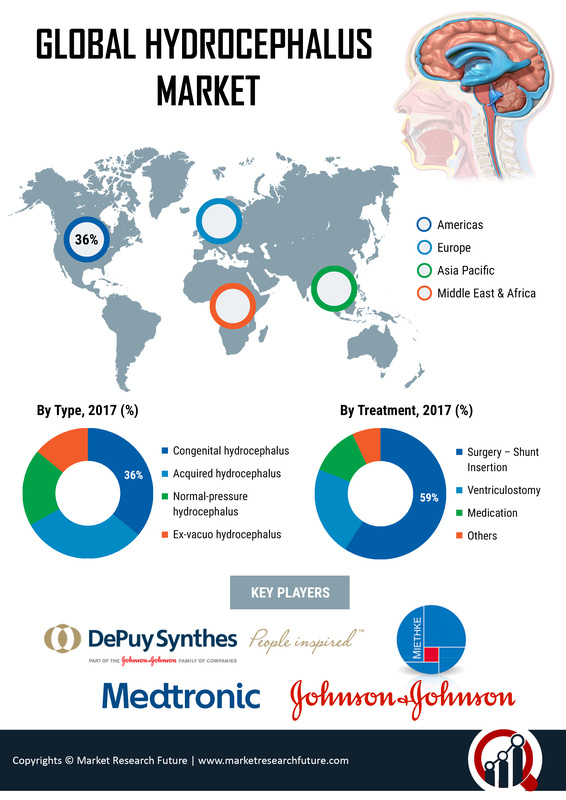

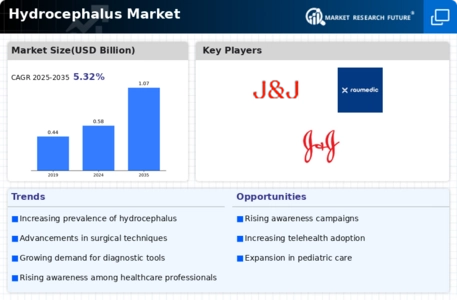
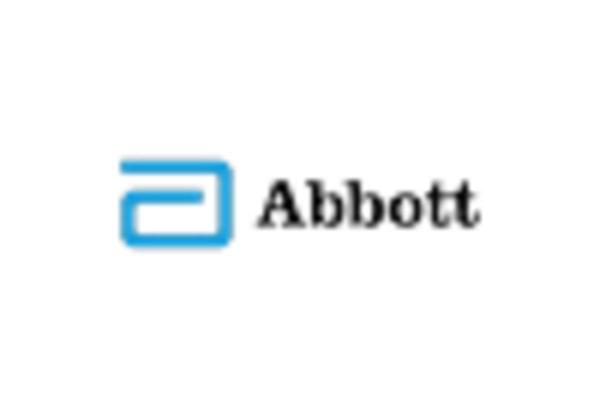
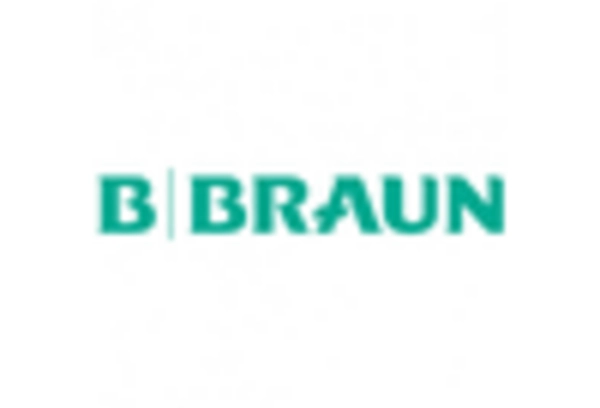

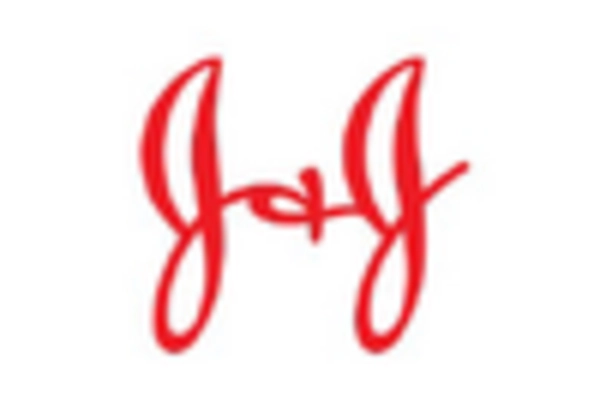

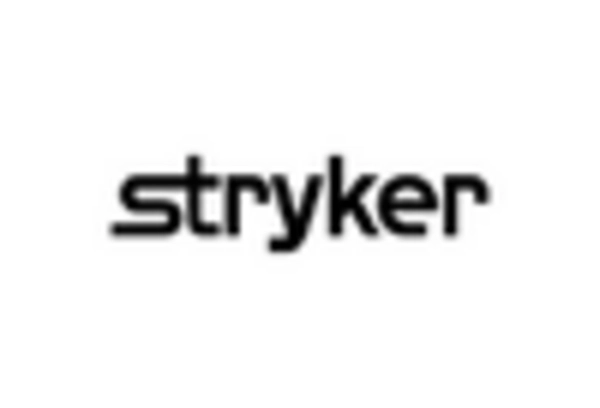








Leave a Comment